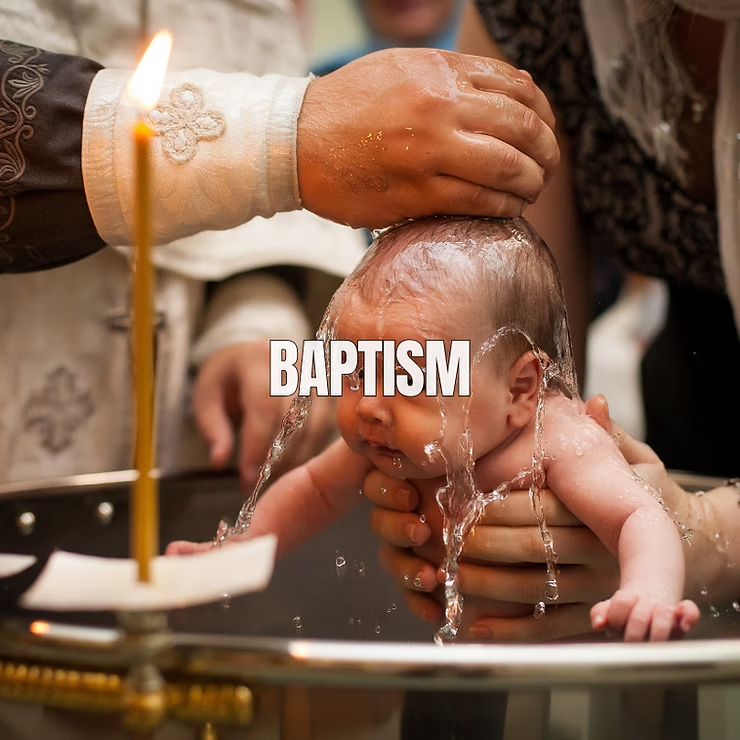The Sacrament of Baptism: A Multifaceted Covenant
This sacred initiation rite unites Christians across denominations while reflecting diverse theological emphases in practice and meaning.
Core Theological Meanings
- Purification: Cleansing from sin (Acts 22:16)
- Initiation: Entry into Christ’s body (1 Cor 12:13)
- Regeneration: Spiritual rebirth (Titus 3:5)
- Covenant: Sign of God’s promise (Col 2:11-12)
Historical Development
Early Church Practices
1st-3rd century characteristics:
- Adult immersion following conversion
- Threefold questioning of faith
- Easter/Pentecost as primary dates
- White garments post-baptism
Medieval Transformations
| Change | Impact |
|---|---|
| Infant baptism becomes normative | Shift from personal confession to covenantal theology |
| Development of godparent system | Emphasis on faith community responsibility |
| Reduction to sprinkling | Practical adaptation to northern climates |
Denominational Perspectives
Catholic/Orthodox View
Sacramental understanding:
- Ex opere operato efficacy
- Removal of original sin
- Incorporation into Church
- Necessary for salvation
Protestant Variations
Key differences include:
- Lutheran: Sacrament conveying grace
- Reformed: Covenant sign and seal
- Baptist: Believer’s symbolic ordinance
- Pentecostal: Often connected to Spirit baptism
Contemporary Practice
Common Liturgical Elements
Shared components across traditions:
- Water invocation prayer
- Trinitarian formula
- Profession of faith
- Welcome into community
Emerging Trends
Modern developments:
- Family-oriented preparation processes
- Creative use of baptismal space/art
- Ecumenical mutual recognition
- Recovery of immersion where possible
Pastoral Considerations
Effective ministry practices:
- Clear pre-baptismal catechesis
- Meaningful godparent selection
- Thoughtful ritual choreography
- Follow-up discipleship

